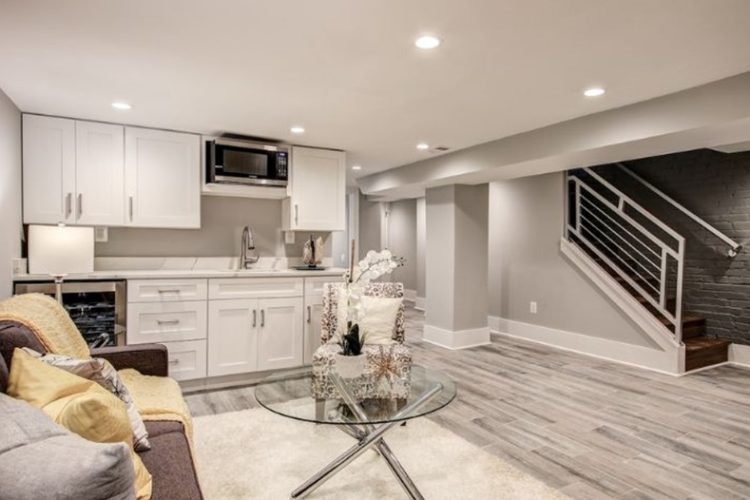Finishing a basement goes beyond aesthetics, it plays a key role in your home’s overall energy performance. One of the most crucial yet often overlooked aspects is insulation. Without proper insulation, basements can become a source of energy loss, leading to uncomfortable temperatures and high utility bills. Insulation helps regulate temperature, control moisture, and reduce strain on HVAC systems, making your space more livable and efficient.
If you’re considering basement finishing Cumming GA, prioritizing insulation from the start is essential for long-term comfort and sustainability.
Why Basement Insulation Matters
Basements are surrounded by earth, which can cause temperature fluctuations and moisture buildup. Proper insulation acts as a barrier, protecting against heat loss during winter and keeping the space cooler in summer. This thermal envelope also prevents condensation, which can lead to mold and structural issues if left unaddressed.
Common Insulation Mistakes to Avoid
Basement insulation must be handled with precision, as oversights can undermine both comfort and efficiency. Issues like neglecting vapor barriers, leaving rim joists uninsulated, or choosing the wrong materials often stem from poor planning. Avoiding basement finishing mistakes such as these is essential to ensure your insulation performs as intended and protects against future energy loss or moisture problems.
Selecting high-quality materials and insulating key structural areas ensures long-term benefits in comfort and cost savings.
Exploring Different Finishing Approaches
Not all basement finishing projects are the same. The type of finish you choose, whether a full living space conversion or a partial entertainment zone, will influence how and where insulation should be installed. In many cases, finished walls and ceilings conceal gaps where insulation is missing or improperly placed, reducing efficiency.
Understanding the various types of basement finishing options can help guide these decisions. For example, finishing with drywall and flooring requires a different insulation strategy than leaving walls partially exposed. A customized approach ensures the space remains energy-efficient and functional.
The Long-Term Benefits
Investing in proper insulation provides long-term savings through reduced heating and cooling costs. It also enhances indoor air quality and comfort, creating a healthier environment for your family. In finished basements used as bedrooms, offices, or media rooms, insulation helps maintain consistent temperatures and soundproofing, adding to the overall value of the space.
Well-insulated basements can also improve a home’s resale value as buyers increasingly prioritize energy efficiency and comfort. When executed properly, basement insulation is not just an upgrade, it’s an integral part of a high-performance home.
Conclusion
A well-finished basement begins with thoughtful planning, and insulation should be at the core of that plan. From moisture control to energy conservation, the right insulation strategy makes all the difference. Whether you’re creating a guest suite, gym, or cozy lounge, energy efficiency starts behind the walls. With expert guidance and a clear understanding of your options, your basement can become one of the most comfortable and cost-effective parts of your home.
Beyond immediate energy savings, proper insulation also promotes long-term durability and indoor air quality. It helps protect your investment while enhancing daily comfort.

